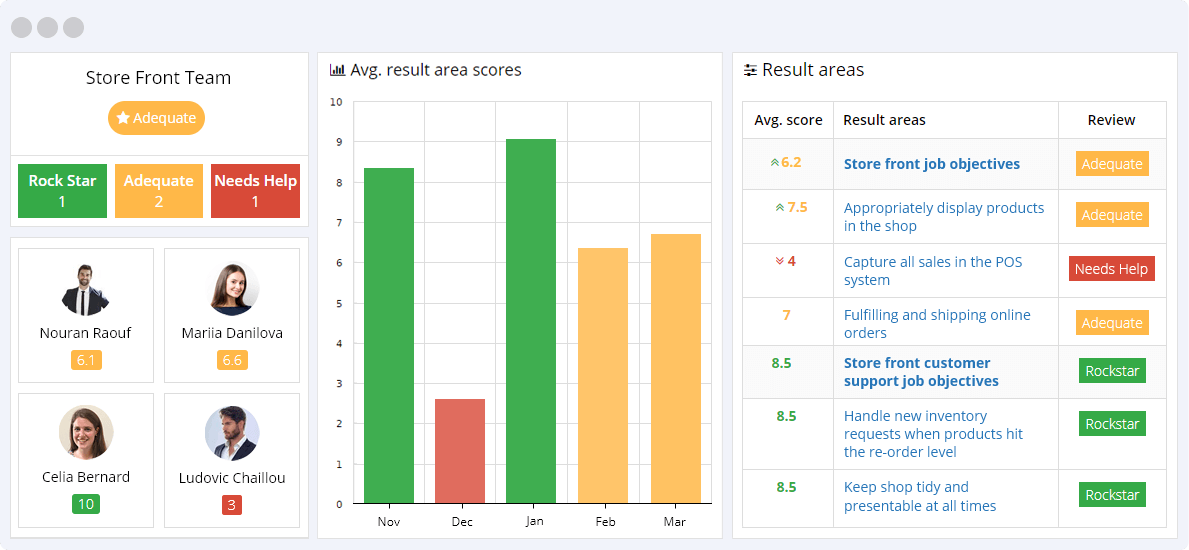Store Front KPIs
Store front Key Performance Indicators (KPIs) are metrics that evaluate the performance of an organization’s customer-facing employees. These store front KPIs measure the efficiency and effectiveness of the “front of house” employees who are responsible for creating positive customer experiences. Store front employees play a crucial role in the success of retail stores as they are responsible for the customer’s first impression. Their ability to provide excellent customer service can directly impact sales and customer loyalty. Therefore, it is essential to measure their performance using store front KPIs to ensure that they are meeting the organization’s standards and contributing to the store’s overall success.
